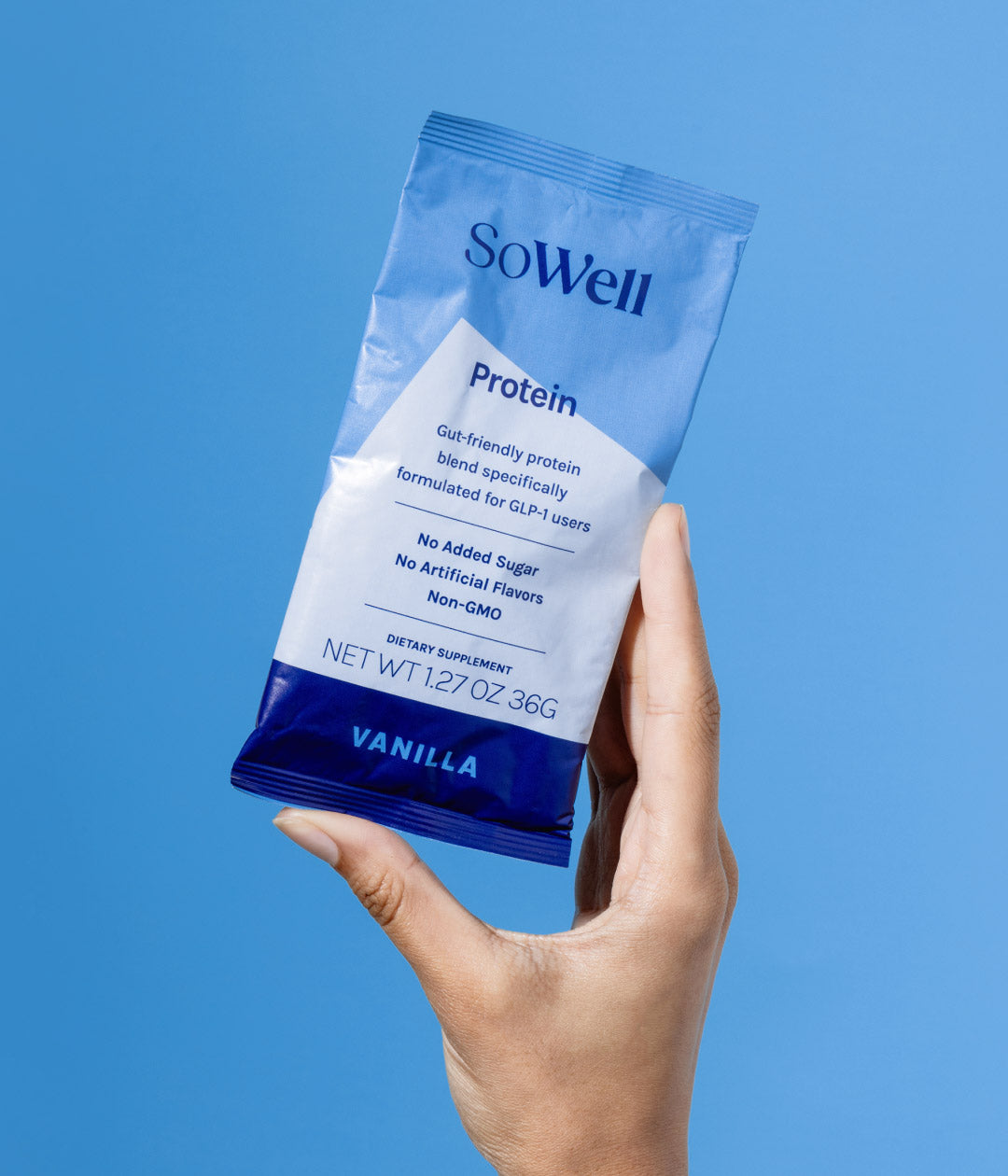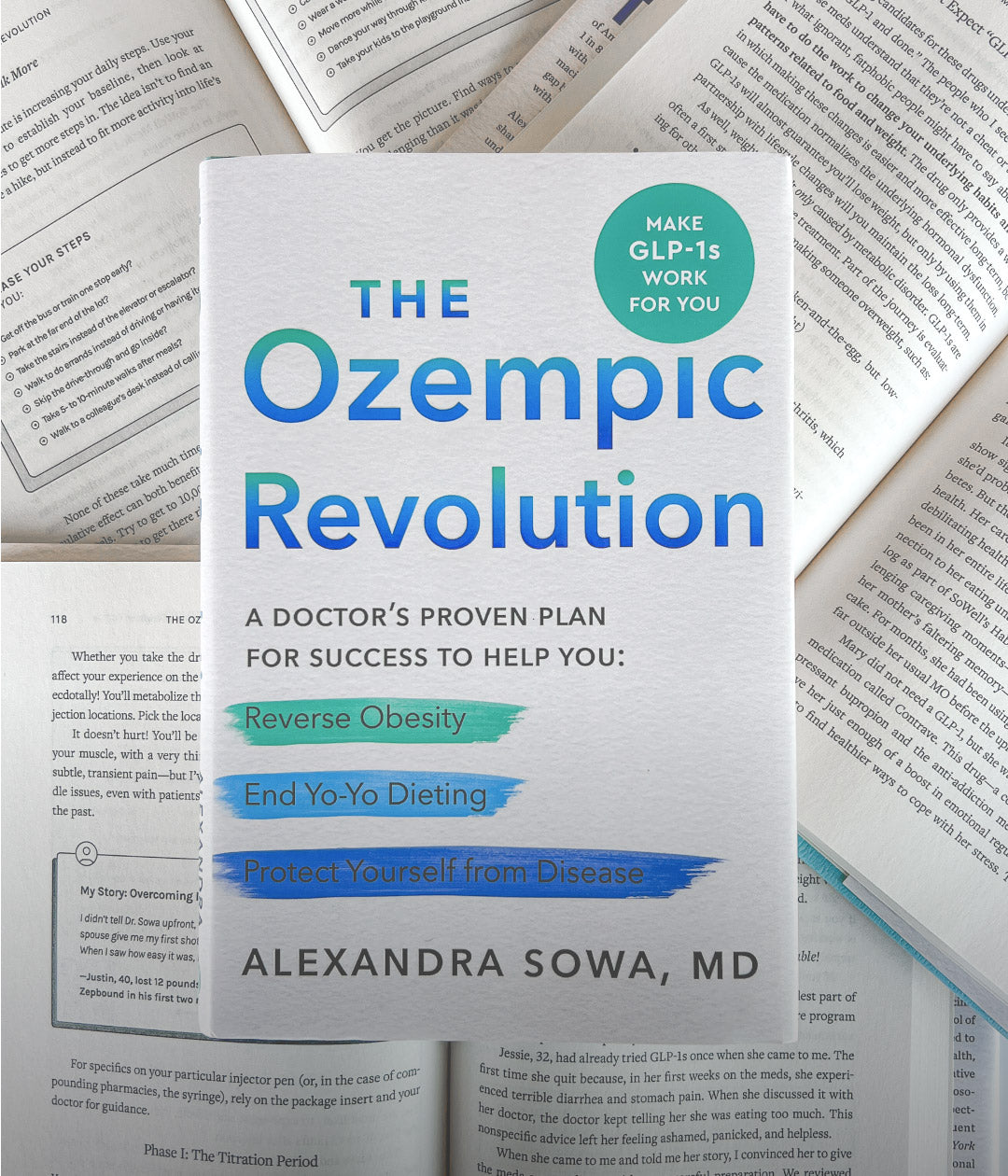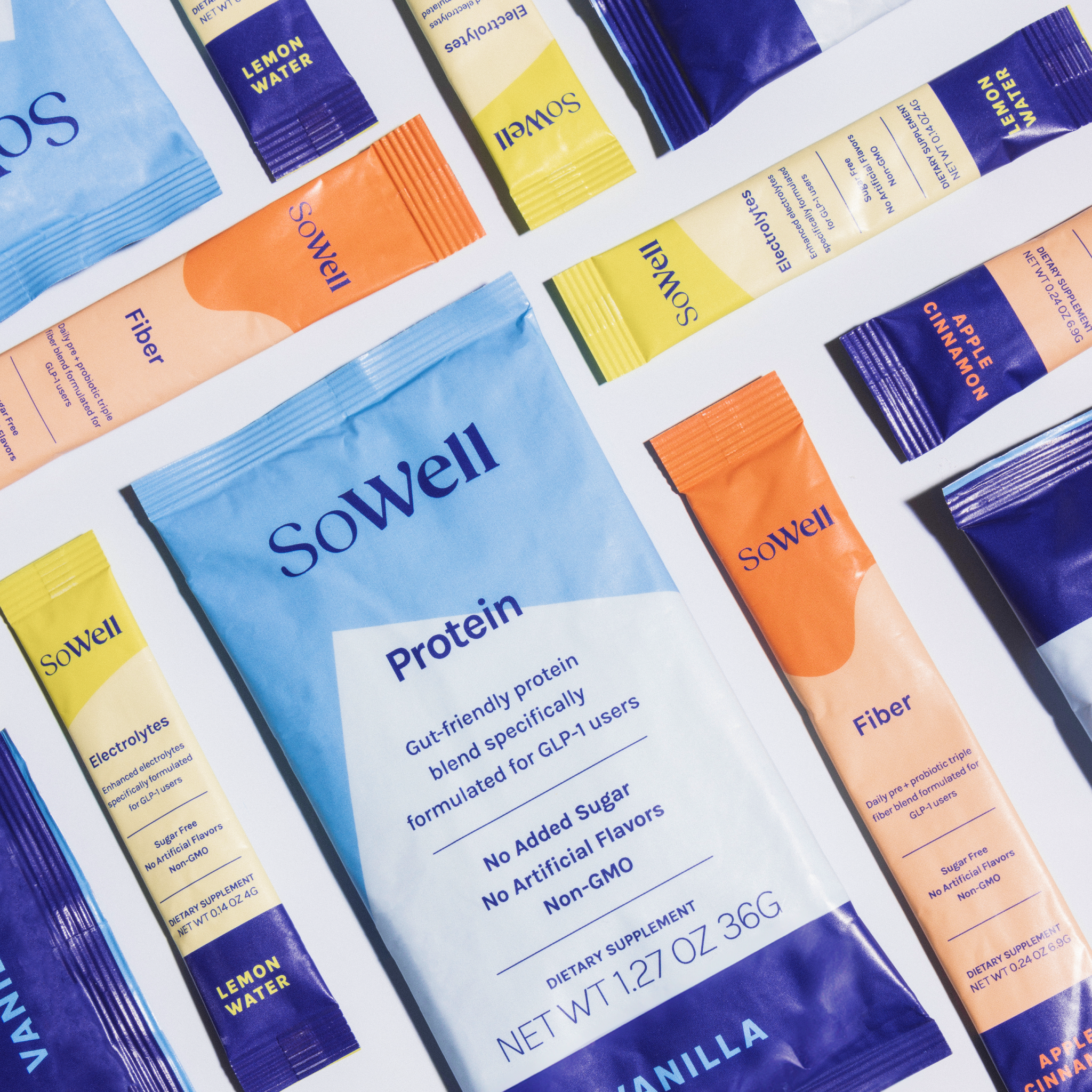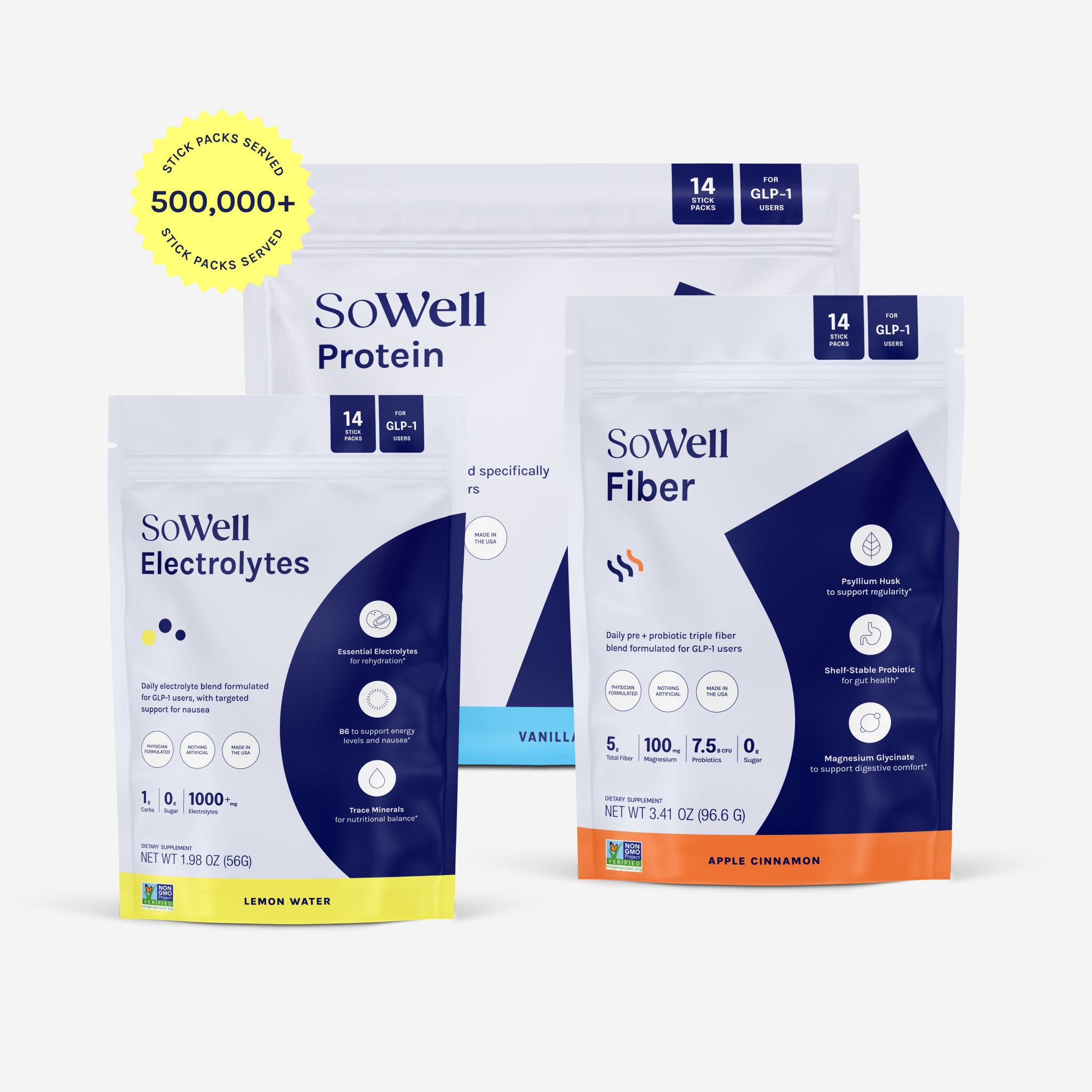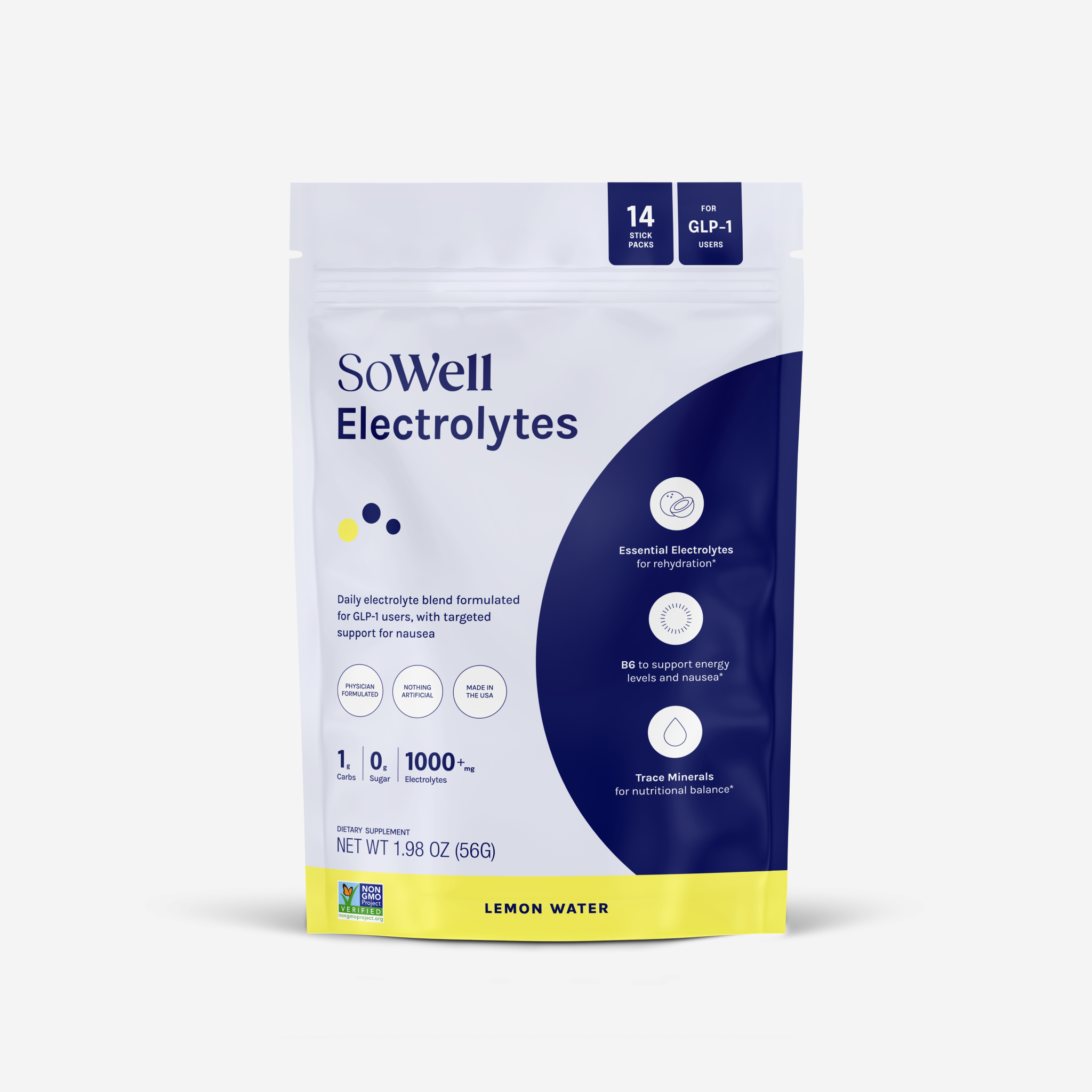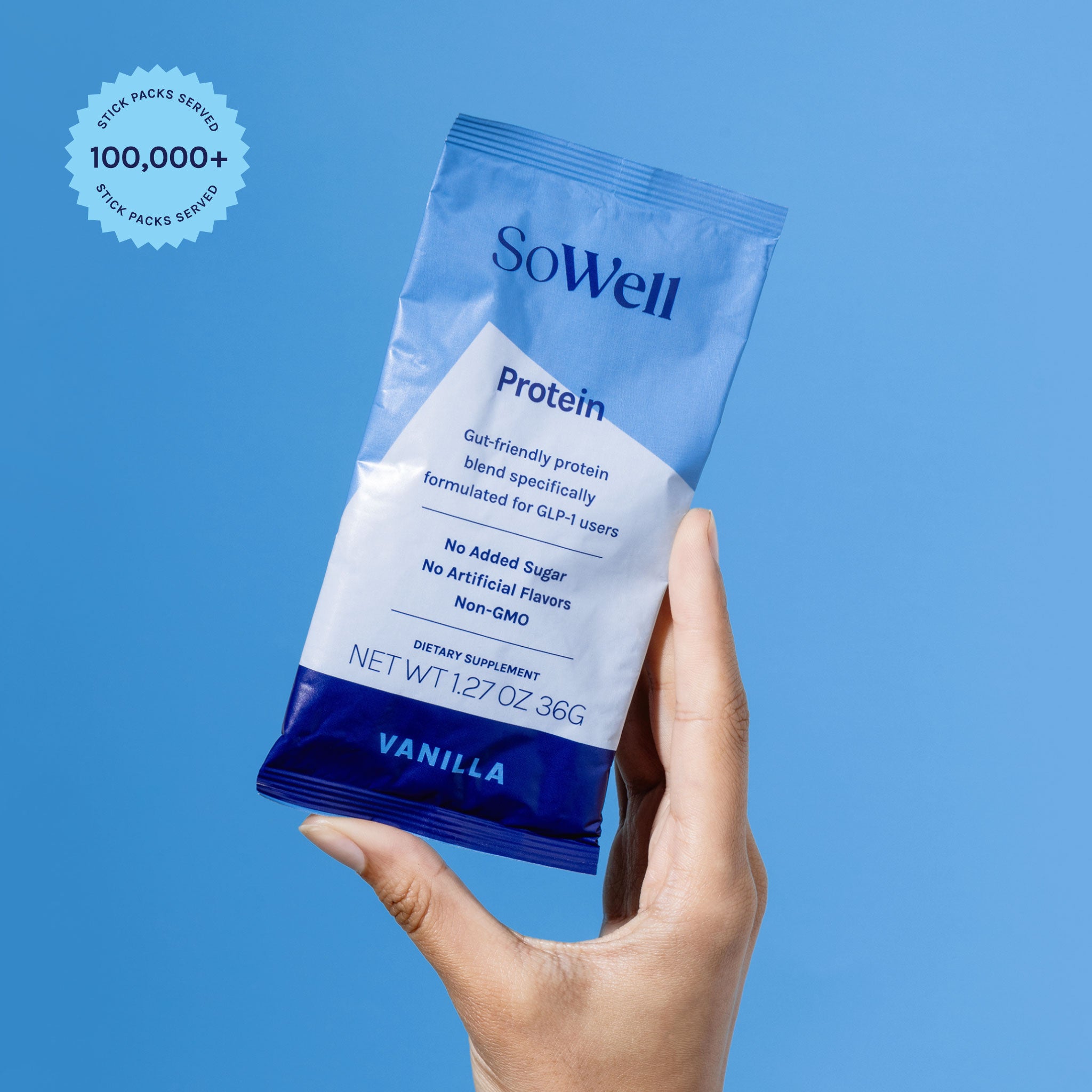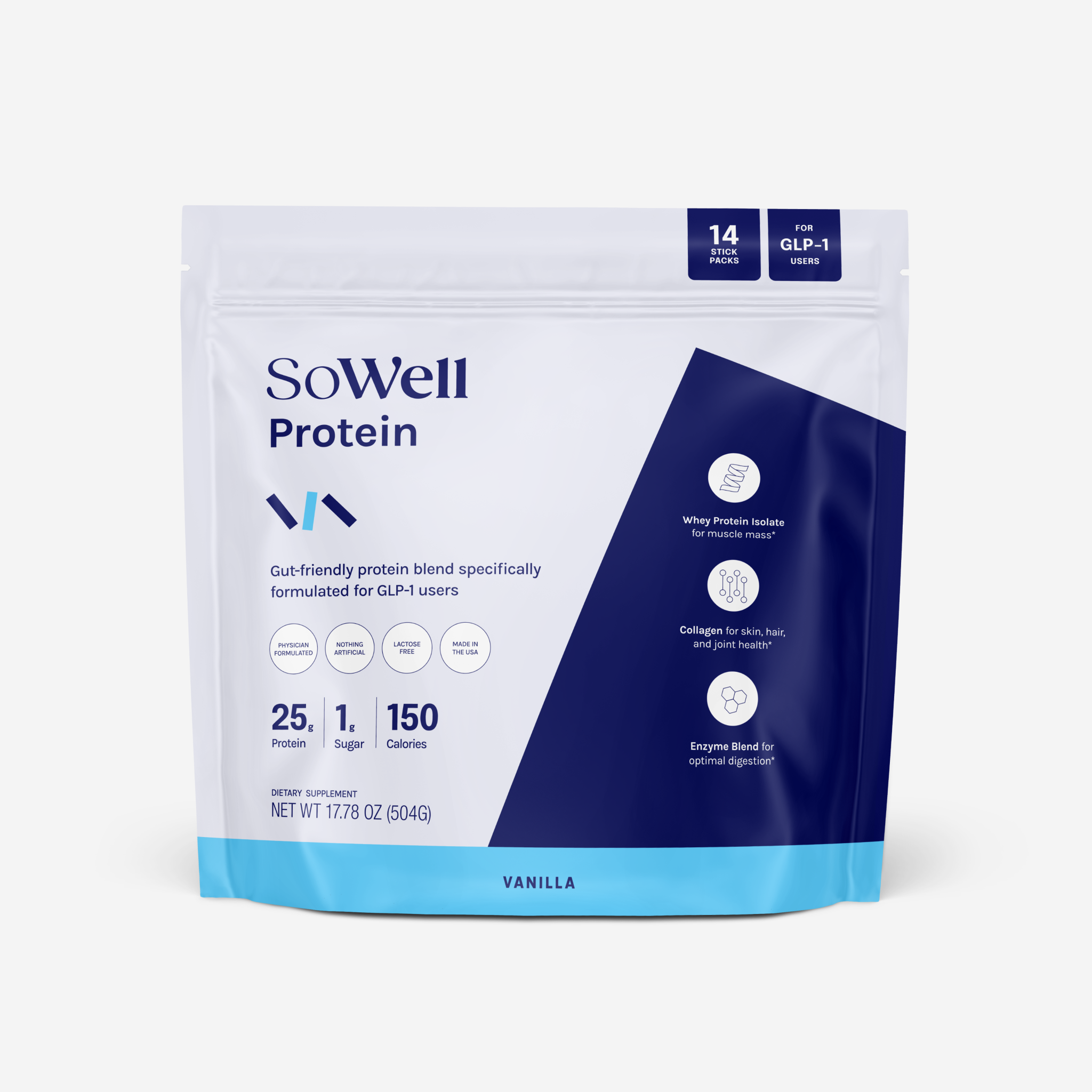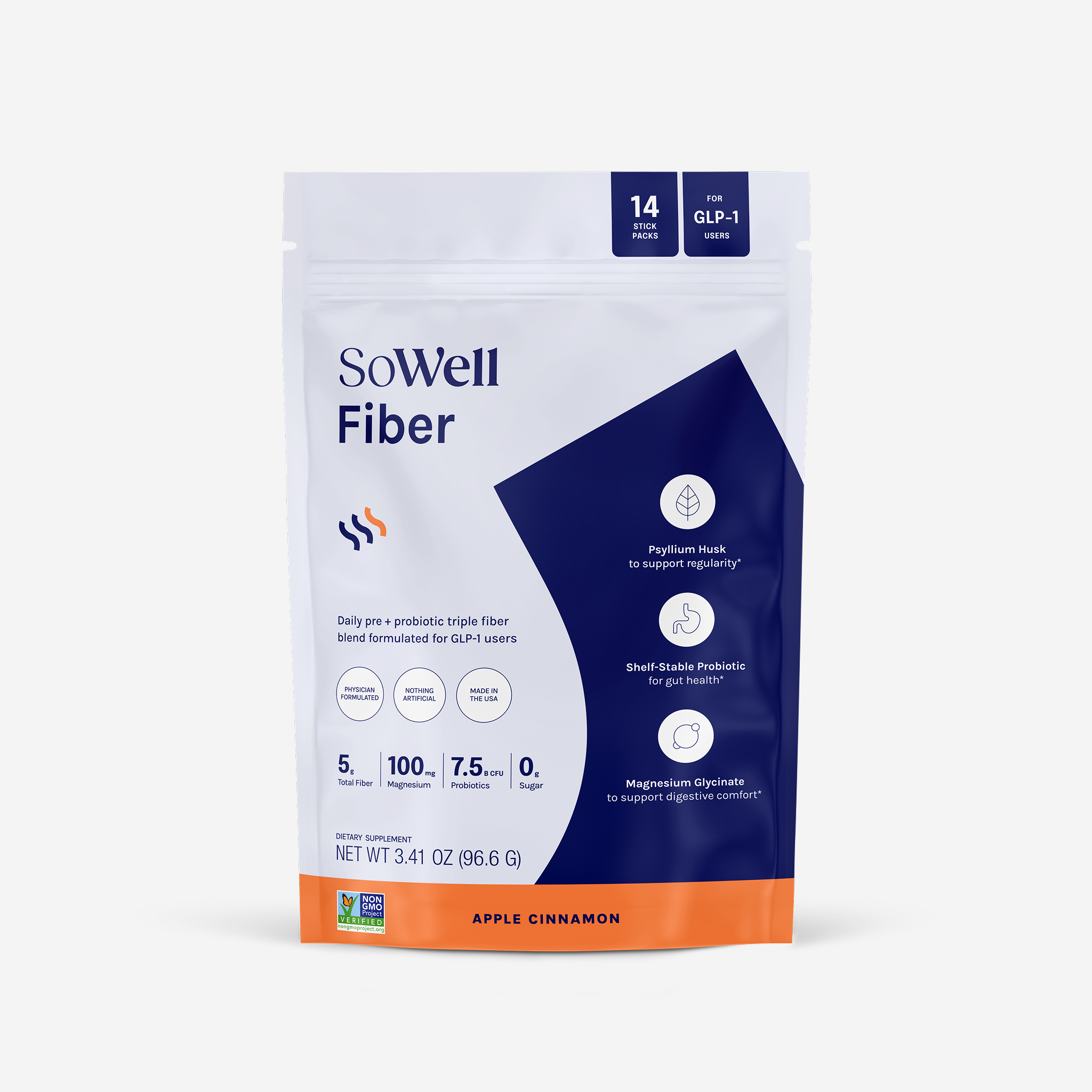
When doctors first began prescribing vitamin B6 for morning sickness in the 1940s, they couldn't have imagined how relevant their discovery would become in 2024. Today, this simple vitamin is emerging as a key player in metabolic health – particularly for anyone taking GLP-1 medications.
The Science of Nausea Management
Your body's response to nausea is surprisingly complex. When GLP-1 medications slow down gastric emptying, they activate receptors in an area of your brain stem called the area postrema. This triggers a cascade of effects that can leave you feeling queasy. But here's where it gets interesting: vitamin B6 appears to help regulate this exact pathway.
A Game-Changing Connection
Clinical research reveals a fascinating pattern. In controlled studies, vitamin B6 significantly reduced nausea symptoms in various conditions. One key study showed that after three days of B6 therapy, only eight of 31 patients in the B6 group experienced vomiting, compared to 15 of 28 in the placebo group. This wasn't just statistical significance – it was life-changing for the patients involved.
Why Timing Is Everything
The relationship between GLP-1s and B6 becomes even more critical when we look at timing. GLP-1 medications are most active in the first 72 hours after injection – precisely when users report the strongest side effects. This creates a weekly pattern that can be strategically addressed through consistent B6 supplementation.
Think of it like this: rather than waiting for nausea to strike, maintaining steady B6 levels helps your body stay ahead of the curve. It's the difference between trying to catch up with a wave that's already crashed versus riding it smoothly from the start.
Beyond the Basics: A Holistic Approach
While B6 plays a starring role in nausea management, it doesn't work alone. The most effective approach combines several key elements:
1. Hydration with Electrolytes
B6 works best when your body is properly hydrated.
2. Timing Around Meals
Taking B6 with food can enhance its absorption.
3. Consistent Daily Intake
Rather than using B6 reactively, prevention is key.
4. Quality Matters
The form of B6 affects how well your body can use it.
The Bigger Picture
What makes the B6 connection particularly exciting is how it fits into the broader understanding of metabolic health. While managing nausea is the immediate benefit, B6's impact extends much further. It plays a vital role in energy production at the cellular level and supports protein metabolism – especially crucial during weight loss. B6 also contributes to cognitive function and maintains nerve health, while helping to regulate blood sugar levels. This wide-ranging impact makes B6 particularly valuable during periods of metabolic change.
Creating Your Strategy
For GLP-1 users looking to incorporate B6 into their routine:
1. Start Early
Begin B6 supplementation when you start your medication, don't wait for nausea to begin.
2. Stay Consistent
Daily supplementation is more effective than occasional use.
3. Combine Thoughtfully
Pair B6 with proper hydration and electrolytes.
4. Monitor Your Response
Keep track of how you feel in a simple daily log.
5. Time It Right
Consider taking B6 alongside your meals for optimal absorption.
Looking Ahead
Understanding the connection between B6 and GLP-1s represents a broader shift in how we think about metabolic health. It's not just about managing side effects – it's about supporting your body's natural systems during transformative changes.
As our understanding of GLP-1 medications continues to evolve, the role of supportive nutrients like B6 becomes increasingly clear. While nausea may be common in the early months of GLP-1 use, it doesn't have to be debilitating. With the right support system in place, including optimal B6 levels, you can focus on your health journey rather than side effects.
